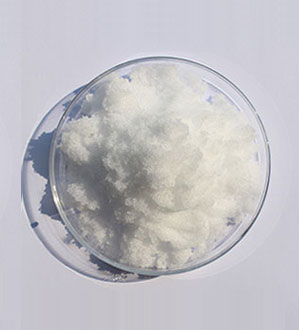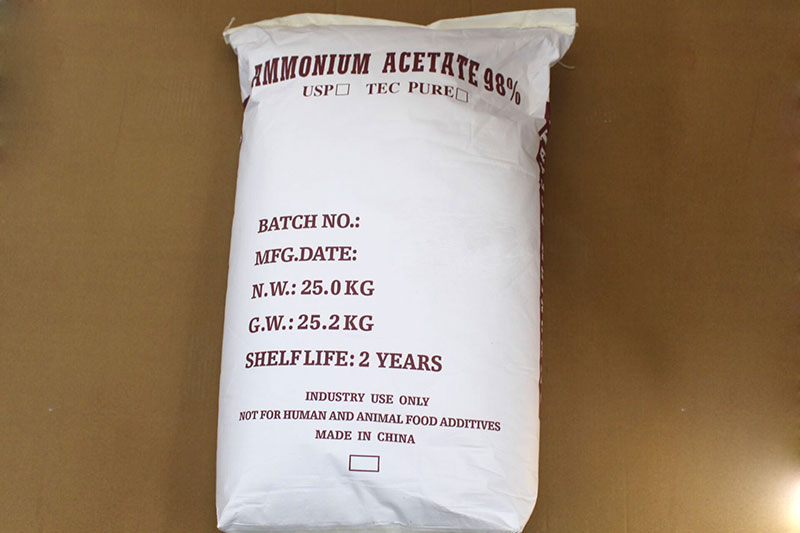
CH3COONH4
Packing:
Grade
Ammonium acetate has industrial grade, pharmaceutical grade, food grade and reagent grade.
Specification
|
Item |
Pharmaceutical Grade |
Industrial grade |
Reagent grade |
|
Appearance |
white crystals |
white crystals |
|
|
Content %≧ |
98.0 |
98.0 |
97.0 |
|
PH value of 5% solution at 25°C |
6.7-7.3 |
6.7-7.3 |
6.7-7.3 |
|
Water insoluble %≦ |
0.005 |
|
0.005 |
|
Combustion residue %≦ |
0.01 |
|
0.01 |
|
Chloride (Cl)%≦ |
0.0005 |
0.005 |
0.005 |
|
Sulfate (SO 4 )%≦ |
0.005 |
|
0.001 |
|
Heavy metals (calculated as lead)%≦ |
0.001 |
0.0005 |
0.0005 |
|
Iron (Fe)%≦ |
0.001 |
0.001 |
0.0005 |
|
Nitrate (NO 3 )%≦ |
|
|
0.001 |
Pharmaceutical grade Applicable to: USP27
Test method
Test details are available upon request.
Packaging
Ammonium acetate is packaged in paper-plastic composite bags or cartons.
Storage
Ammonium acetate should be stored in its original packaging or in a clean, dry, sealed container. Under normal operating conditions, ammonium acetate will not cause any hazards. To avoid solid or liquid getting into the eyes or repeated skin contact, the necessary protective measures must be taken.
First Aid Measures
Eye Contact: In case of contact with eyes, wash immediately with plenty of water, keep eyes open if necessary, seek medical attention.
Skin Contact: Wash contaminated clothing with water and wash clothing before wearing next time.
Ingestion: Rinse mouth with water, seek medical attention.
fire risk
Ammonium acetate does not pose a fire risk hazard, it will decompose into acetic acid and ammonium when heated.
Application
Ammonium acetate is widely used in fuel, textile industry, and can be used to improve the level of fabrics. It is often used in fuels mixed with acids or other salts, ammonium acetate is also used in the manufacture of antibiotics and other pharmaceutical products, and in metal surface treatment, it is also used in a number of other organic reactions (for example, the production of foam rubber) , the production of vinyl plastics, and the manufacture of industrial cleaners.
Physiological properties
Contact of solid or liquid with eyes may cause irritation and sensitization. Repeated skin contact may cause slight pain. Smoking a lot can lead to nostrils, throat and upper respiratory tract infection.